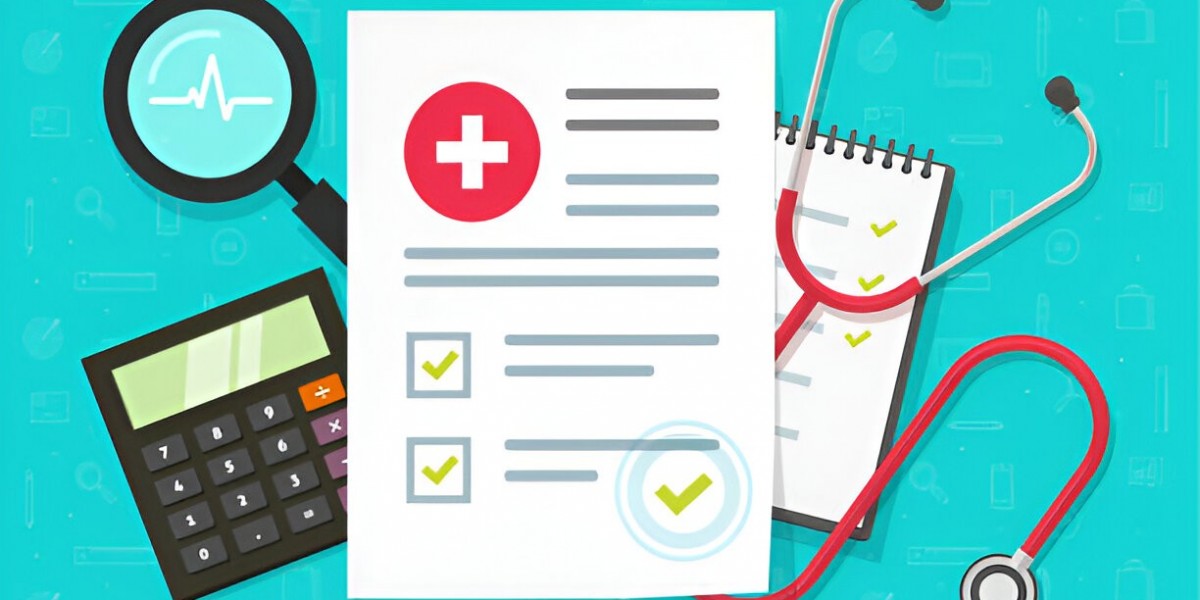Introduction: The Complex World of Urgent and Hospitalist Billing
In today’s rapidly evolving healthcare landscape, coding and billing for urgent care and hospital medicine is becoming increasingly complex. With the constant updates to payer policies, evolving ICD and CPT codes, and the challenge of keeping up with compliance standards, many providers struggle to maintain a smooth billing process.
Understanding Urgent Care Billing Services
Urgent care centers cater to high volumes of patients with acute but non-life-threatening issues. These facilities often deal with walk-ins, which makes documentation and coding more challenging than in scheduled care environments. Common services include:
Laceration repair
Respiratory infections
Minor fractures or sprains
Diagnostic testing (X-rays, blood work, etc.)
Each service must be documented correctly using CPT and ICD-10 codes to ensure appropriate reimbursement. For example, using modifier -25 to indicate a separately identifiable evaluation and management (E/M) service on the same day as a procedure can avoid denials.
This is where urgent care billing services add value. They specialize in managing time-sensitive claims and ensuring compliance with payer guidelines, improving revenue cycle management across the board.
The Role of Hospitalist Billing Services
Hospitalists manage inpatient care and coordinate with multiple specialties during a patient’s hospital stay. Unlike office-based physicians, hospitalists work in a dynamic environment where coding depends heavily on complexity, time spent, and patient acuity.
Key billing considerations for hospitalists include:
Initial hospital care vs. subsequent visits
Critical care billing and appropriate use of time-based codes
Prolonged services
Accurate use of modifier 24, 25, and 59
Coordination with multiple providers to avoid overlapping claims
Hospitalist billing services are equipped to handle this complexity. By integrating medical billing and coding best practices, these services reduce errors, capture more revenue, and keep hospitalists focused on patient care.
Common Billing Challenges in Urgent and Inpatient Settings
Here are the most frequent issues that providers face:
Incomplete Documentation
Without complete notes, many billable services go unclaimed. Detailed and accurate documentation supports higher-level E/M codes and justifies the care provided.Incorrect Code Selection
Urgent care clinics often miscode procedures, while hospitalists may misuse time-based codes or fail to document critical care.Poor Modifier Usage
Misapplication of modifiers can lead to denials. This is especially true when billing for multiple procedures or distinguishing between related and unrelated services.Authorization and Eligibility Errors
Failure to verify patient coverage before services are rendered often leads to delays or lost payments.
How Revenue Cycle Management Enhances Billing Efficiency
Revenue cycle management (RCM) is the backbone of financial health for urgent care and hospital medicine. From patient registration to final reimbursement, every step must be synchronized.
Effective RCM in this context includes:
Front-end eligibility checks and pre-authorizations
Real-time coding audits
Claim scrubbing and validation
Timely denial management and appeals
Regular performance reporting and analytics
Partnering with a specialized billing company helps automate many of these tasks and allows providers to concentrate on clinical care.
Coding Tips for Urgent Care and Hospitalists
For Urgent Care Providers:
Use appropriate E/M levels based on the complexity of the visit.
Always document procedures like splinting, wound care, or nebulizer treatments.
Apply modifier 25 correctly when billing E/M alongside minor procedures.
Include point-of-care testing codes and ensure lab procedures are accurately recorded.
For Hospitalists:
Clearly differentiate between initial hospital care (CPT 99221-99223) and subsequent visits (CPT 99231-99233).
For critical care billing (CPT 99291-99292), document the time spent and services rendered in detail.
If services extend beyond the usual care (e.g., prolonged services CPT 99356-99357), ensure time-based documentation supports the claim.
Coordinate with other specialists to avoid duplicate billing or overlapping services.
Denial Management Strategies
One of the major pitfalls in both urgent care and inpatient settings is the high denial rate due to improper coding or missing information. A robust denial management plan includes:
Identifying denial trends (e.g., CPT denials, modifier misuse, missing documentation)
Categorizing and prioritizing denials for resubmission
Training staff on denial prevention
Implementing feedback loops to correct process issues
Timely follow-up and resubmission often recover thousands of dollars that might otherwise be written off.
Technology and Automation in Billing Services
Modern billing services use AI-powered tools and machine learning algorithms to identify coding errors, ensure claim accuracy, and flag discrepancies before submission. Some platforms even integrate with EHRs for real-time data syncing.
Features include:
Coding validation tools
Real-time eligibility checks
Automatic charge capture
KPI dashboards for practice performance
This ensures that urgent care and hospitalist providers don’t just keep up with the industry—they lead it.
Compliance and Audit Preparedness
Healthcare billing is heavily regulated. Failing to comply with CMS guidelines or commercial payer policies can lead to audits, penalties, or legal complications.
Key compliance areas include:
HIPAA-compliant patient data handling
Accurate time tracking and documentation
Proper use of diagnosis codes for medical necessity
Regular internal audits and third-party reviews
Billing partners that offer compliance oversight ensure providers stay ahead of any potential issues.
Choosing the Right Billing Partner
When selecting a medical billing and coding partner for urgent care billing services or hospitalist services, look for:
Experience in both outpatient and inpatient billing
Familiarity with payer policies in your region
Proven RCM strategies and denial resolution processes
Technology-driven platforms for reporting and transparency
Transparent pricing and performance-based metrics
Providers in fast-paced environments like urgent care and hospital medicine benefit from partners who offer personalized attention and fast turnaround times.
Final Thoughts: The Smart Billing Approach
Accurate coding and billing for urgent care and hospital medicine are more than administrative tasks—they’re key drivers of financial success. By investing in urgent care billing services and hospitalist billing services, providers can reduce denials, accelerate reimbursements, and streamline their entire revenue cycle management process.
As healthcare continues to evolve, those who prioritize efficient billing practices will thrive—financially and clinically.









